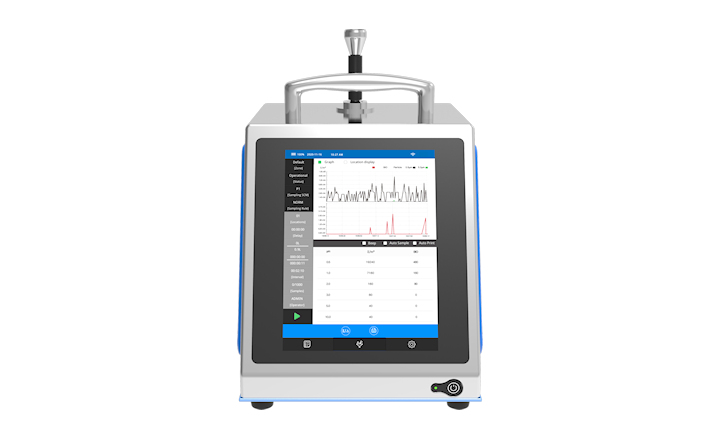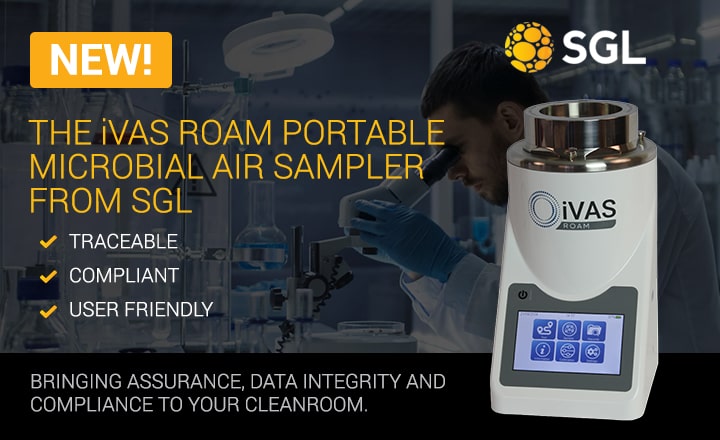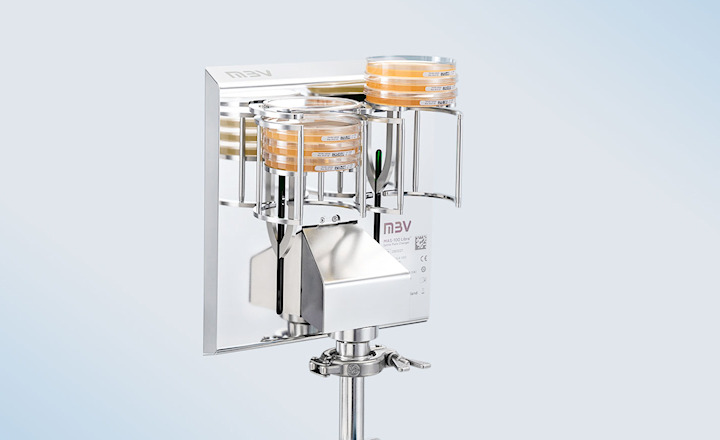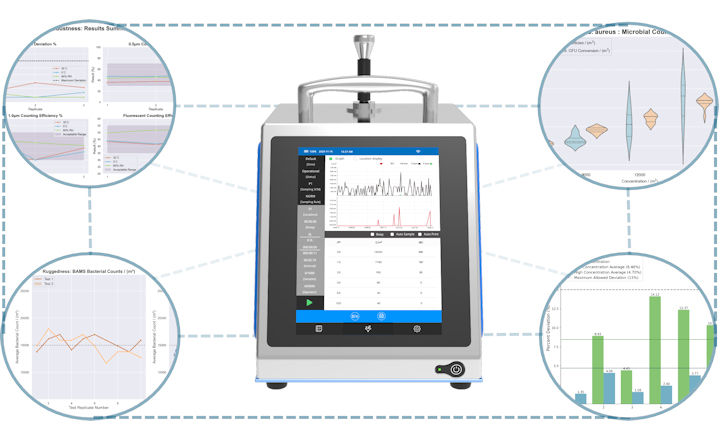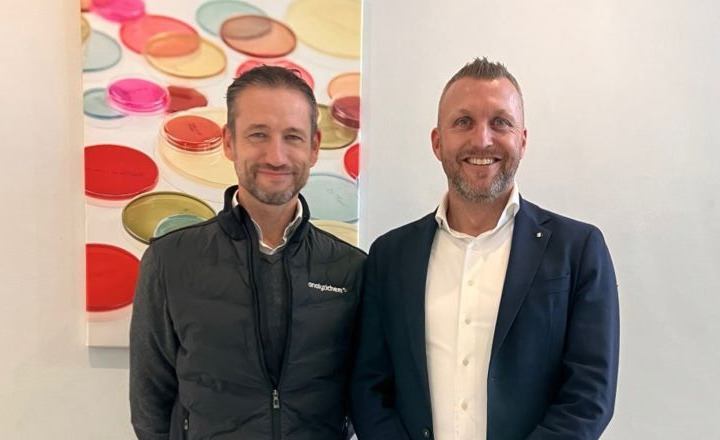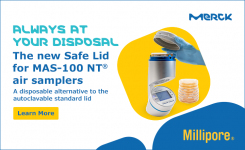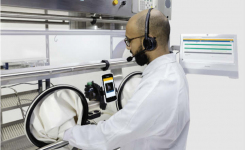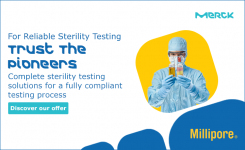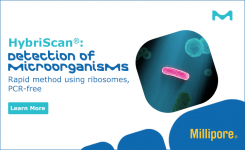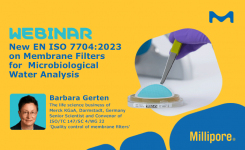The new 2020 draft of EU GMP Annex 1, which regulates the manufacture, control, and release of sterile pharmaceutical products in the EU, gives greater weight to quality risk management (QRM) than its current version. Hence there is a need to know more about the manufacturing processes used and the microbial contamination risks of the manufactured product.
This study investigates the feasibility of modifying the most frequently used active air sampling method in two different ways to enhance the knowledge about these risks: increasing the volume of sampled air and sampling onto the same plate at regular intervals.
THE AIM OF THE ACTIVE AIR SAMPLING STUDY
- To determine if dehydration of the culture medium impacts the accuracy of results when larger volumes of up to 4000 liters of ambient air are sampled
- To compare the effectiveness of conventional and sequential (interval) sampling by counting the CFUs after the incubation period
Active air sampling was performed in a non-controlled environment with intense human activity to detect a broad range of airborne microorganisms and, furthermore, to achieve higher microbial counts than in a controlled environment.



